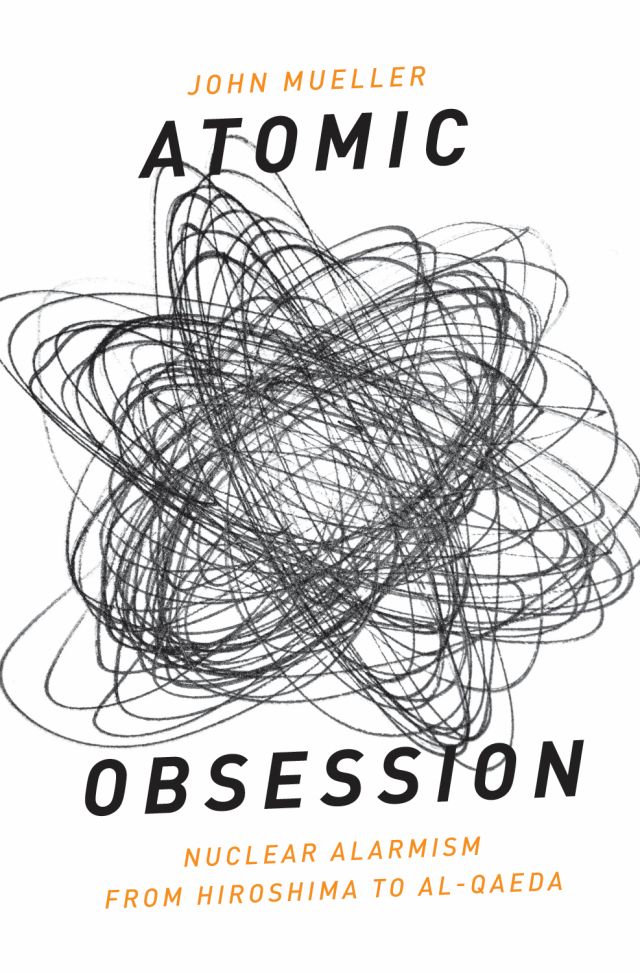On April 26, 1986, the world’s worst nuclear power plant accident occurred at the Chernobyl nuclear power station. Now, 25 years later, the current crisis in Fukushima is being called the “worst since Chernobyl.” Will we avoid another disaster? And further more, in another 25 years, how will we feel about nuclear energy?
Below a comprehensive article on Chernobyl by Philip R. Pryde, as it appears in The Oxford Companion to Global Change (Ed. David Cuff & Andrew Goudie). For further reading, I suggest looking to the newly published volume Nuclear Energy: What Everyone Needs to Know.
The most catastrophic accident ever to occur at a commercial nuclear power plant took place on April 26 , 1986, in northern Ukraine at Chernobyl (Chornobyl’ in Ukrainian). Intense radioactive fallout covered significant portions of several provinces in Ukraine, Belarus, and the Russian Federation, and lesser amounts fell out with precipitation in numerous other European countries. The resultant health and environmental consequences are ongoing, widespread, and serious.
The Chernobyl power station is one of several such complexes built in Ukraine. At the time, it was believed that nuclear energy would entail negligible damage to the environment. Four other large nuclear power complexes have been constructed and Ukraine has a major uranium-mining complex and numerous research facilities.
The Chernobyl reactors utilize a graphite-moderated type of nuclear reactor (Russian acronym, RBMK), with a normal output of 1,000 megawatts. These units are water-cooled and employ graphite rods to control core temperatures. Each reactor houses 1,661 fuel rods that contain mainly uranium-238 plus much smaller amounts of enriched uranium-235. There are several dangers inherent in the design of RBMK-1000 reactors, including the ability of the operators to disengage safety controls, the lack of a containment dome, and the possibility that, at very low power levels, a rapid and uncontrollable increase in heat can occur in the reactor’s core and may result in a catastrophic explosion ( Haynes and Bojcun , 1988 , pp. 2–4).
This was what happened early in the morning of April 26 , 1986. A series of violations of normal safety procedures, committed during a low-power experiment being run on reactor number 4, resulted in a thermal explosion and fire that destroyed the reactor building, exposed the core, and vented vast amounts of radioactive material into the atmosphere. Pieces of the power plant itself were found up to several kilometers from the site of the explosion.
This radiation continued to be released into the atmosphere over a period of nine days, with the prevailing winds carrying the radioactive material initially in a northwesterly direction over northern Europe. The winds later shifted to the northeast, carrying fallout southwestward into central Europe and the Balkan peninsula. The overall result was significant radioactive fallout (mainly associated with rainfall) in Austria, Czechoslovakia, Finland, Germany (mainly Bavaria), the United Kingdom, Hungary, Italy, Poland, Romania, Sweden, and Switzerland. Lower levels of radioactive deposition were reported in Denmark, France, the Benelux countries, Greece, Ireland, Norway, Yugoslavia, and several other European nations (Medvedev 1990 , chap. 6). The republics of Estonia, Latvia, and Lithuania were also directly in the path of the initial plume.
In the Soviet Union, the regions that received the highest levels of radioactive contamination were in the northern Ki



 hough they have inspired overwrought policies and distorted spending priorities, things generally would have turned out much the same if they had never been invented. In the original post below Mueller looks at why formal nuclear arms reduction agreements are unnecessary.
hough they have inspired overwrought policies and distorted spending priorities, things generally would have turned out much the same if they had never been invented. In the original post below Mueller looks at why formal nuclear arms reduction agreements are unnecessary.